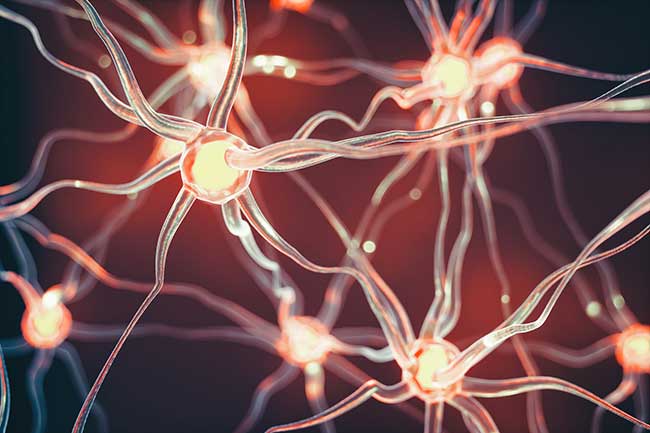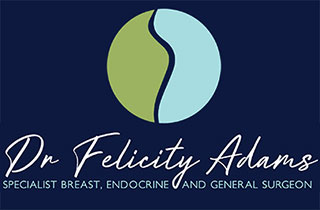Endocrine Therapy
Many breast cancers grow in the presence of oestrogen in the body. Pathologists can test whether an individual tumour responds to oestrogen by testing its “hormone receptors”. Receptors act like a lock on the surface of the tumour cell, and the hormone is the key. When the lock and the key join, it causes the cell to grow and reproduce; which leads to progression of a cancer. Tumours are routinely tested for receptors for estrogen, progesterone and HER2. (HER2 is not a hormone and will be dealt with elsewhere – see chemotherapy). This is commonly abbreviated to ER, PR and HER2.
About 80% of breast cancers are ER positive and the majority of ER positive tumours are also PR positive. We all have oestrogen circulating in our blood; young women, post menopausal women and men.

Endocrine therapy works by either reducing the amount of circulating oestrogen (thereby reducing amount of keys pairing with locks) or physically blocking the oestrogen key entering the lock or oestrogen receptor. Common forms of endocrine therapy include Tamoxifen and Aromatase Inhibitors (e.g. letrozole, anastrozole, exemestane).
If you have an estrogen receptor positive tumour, Dr Adams will most often recommend endocrine therapy. These medications reduce the risk of cancer recurrence and metastases. They are not chemotherapy and do not make you sick or lose your hair. They are taken as a daily tablet for five to ten years. They are commonly well tolerated, but of course they do have some side effects, which Dr Adams or your oncologist can explain to you if they are recommended.

